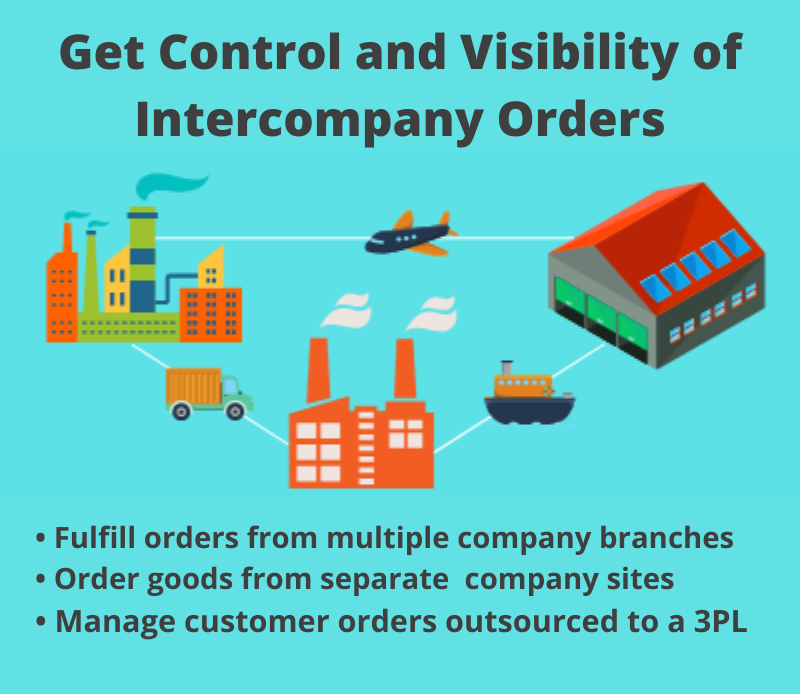
What Are Your Options?
Nearly every company we know that uses QAD ERP to manage their business has some sort of supplementary data that does not fit into the QAD ERP system.
Generally, companies store and manage this data outside their QAD system because the fields aren’t available in QAD without expensive customization. While storing and maintaining this data outside your system can seem to be an obvious solution, it often puts the data’s integrity in jeopardy.
If you are one of the many companies that manage supplementary data outside your QAD system, you may want to consider adding this information to QAD to both keep it up-to-date and make it accessible to everyone who needs it. There are several options to add this data to QAD. Let’s take a look at what is available.
Customization using internal resources or a consultant
If you have the know-how and time, you can customize QAD yourself or hire a consultant to do it for you. This is an option that can work well, but is generally expensive, requires a great deal of lead and planning time, and requires sufficient resources to maintain.
QAD’s Integrated Customization Toolkit
#QADICT is a bolt-on program that allows you to customize fields and menus in QAD. It sits on top of the QAD application and acts as the interface between QAD and your custom code.
You link your custom code to specific events, for example, when the user accesses a screen or enters a value into a particular field. The ICT resides in memory, monitoring application events. Each time an event occurs, it checks to see if any action is necessary.
When you set up your customized data with ICT, you can choose to limit visibility only to the fields that you use and you can also unlock supplementary, customizable fields.
ProStar Software’s TailorPro
#TailorPro works very much like QAD ICT. It allows you to pick and choose the QAD data fields and add supplementary data that is accessible to QAD users through the QAD menus.
The pros of both of these systems:
- You can modify the menus so that QAD users only see the fields they use.
- You can customize fields that are germane to your business.
- Users can see and manage this supplementary data within QAD menus.
The cons of both of these systems:
- Supplementary data fields are limited to those which interact with existing QAD tables. That is, data which is not related to QAD tables, such as contact information, contracts, or QA and QC information can not be added.
- Data is maintained one-record-at-a-time, so data management is slow and cumbersome.
- Users do not have the ability to massively update data quickly and easily.
32 Soft’s Extension Workbench Data Loader
Extension Workbench allows you to quickly and easily define additional fields in any QAD table or even data that is unrelated to existing QAD tables — without revamping, progress programming or changing the QAD database structure. More than that, this powerful tool gives you the capability of downloading the additional data into Excel spreadsheets where you can easily make changes and additions and upload it right back into QAD.
The pros:
- Supplementary data fields can include your business specific supplementary tables such as contact information, contracts, QA and QC information, budget for operations, production metrics, KPI’s and more. Fields are NOT limited to those which interact with existing QAD tables.
- 32 Soft’s Data Loader technology allows users to manage custom data massively in Excel spreadsheets and then safely load it back to QAD.
- It’s an add-on plug-and-play solution that is quick and easy to install and requires no programming or database structure or configuration modifications.
The cons:
- Supplementary data is stored in QAD database and interacts with other QAD data, but users can’t see the supplementary data in QAD screens or reports. You can, however, run reports from the downloaded Excel data.
QAD ICT or TailorPro coupled with Extension Workbench from #32Soft gives you the best of both worlds. Your supplementary data is visible in your QAD menus and you get the ease, added productivity, speed and data integrity of streamlined data management that Data Loader technology provides.
To learn more about 32 Soft’s Extension Workbench Data Loader, watch our webinar replay
A Clever Way to Add Supplemental Data in QAD




